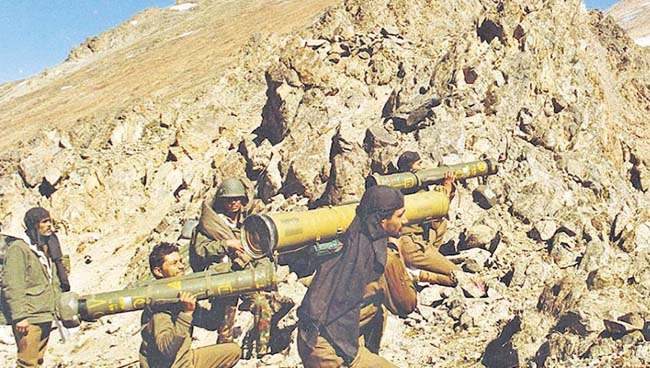Kargil Vijay Diwas 20th Anniversary: The Kargil report was submitted by a four-member committee, set up in the immediate aftermath of India’s announcement on July 26, 1999 that Pakistan had been evicted from Kargil.
New Delhi, July 26:
The complete overhaul of India’s intelligence set-up, and the creation of a younger and fitter army are among the most significant changes made by the government on the basis of recommendations of the Kargil Review Committee (KRC). However, certain significant recommendations, such as creating the post of a Chief of Defence Staff (CDS) remain unimplemented.
A four-member committee, set up in the immediate aftermath of India’s announcement on July 26, 1999 — 20 years ago to the date — that the enemy had been evicted from Kargil, examined lapses that allowed the Pakistani soldiers to occupy strategic heights in India and submitted a report.
The Kargil war lasted a little over two months and led to 527 deaths on India’s side.
On the eve of the 20th anniversary of the war, experts said the creation of the Defence Intelligence Agency in 2002 and the technical intelligence gathering agency, National Technical Research Organisation (NTRO) in 2004, were some of the report’s key outcomes.
The report of the committee, headed by defence analyst, the late Krishnaswamy Subrahmanyam, was tabled its report in the Parliament in February 2000. Subrahmanyam is the father of India’s current foreign minister Dr S Jaishankar.
“Kargil was the outcome of intelligence failures. To my mind, the NTRO and the DIA are the big takeaways from the KRC recommendations implemented by the government,” said Lieutenant General DB Shekatkar (retd), whose report on enhancing the army’s combat potential is under implementation. A Group of Ministers (GoM) on national security, formed months after the KRC report was tabled also echoed the need to strengthen the intelligence apparatus.
The KRC report also highlighted the need for “a young and fit army.” As a result, the timespan for promotions was slashed up to the rank of commanding officers (COs) or colonels and their equivalent in the air force and navy.
“Now you have officers in their late 30s commanding units compared to (those aged) 44-45 (years) earlier. It’s a very significant change,” said Shekatkar.
While the GoM also batted for the post of a CDS, a position that was meant to provide single point military advice to the government, successive governments failed to build the political consensus around this.
“The fact is that CDS will have to be a political decision on an issue on which the three services are yet to find common ground,” said former army vice chief Lieutenant General AS Lamba (Retd).
The KRC had also recommended reducing the army’s role in counter-insurgency, but the proposal has made no headway.
“The intensity of engagement in the present environment in Jammu and Kashmir is such that it may take the army a lot more time to do this (to limit its role in counter-insurgency operations),” Lamba said.
Courtesy: Hindustan Times




